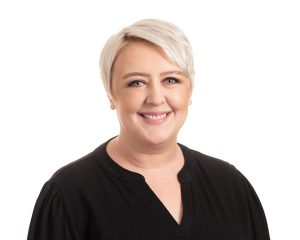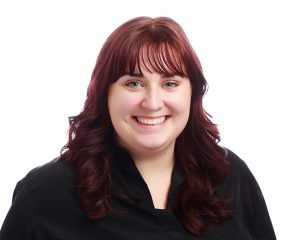Audiology
The Oregon Clinic’s highly trained audiologists and Ear, Nose & Throat physicians identify, diagnose, treat, and monitor hearing conditions and disorders.
- ABOUT US
- OUR TEAM
- CONDITIONS & RESOURCES
- OUR LOCATIONS
Nearly 36 million Americans report a loss in hearing. Fortunately, innovations in hearing aids and other treatments using advanced technologies can help improve hearing.
Our audiologists are trained to diagnose, manage, and treat problems relating to hearing and balance. They prescribe, fit, and dispense digital hearing aids and other amplification and hearing assistance technologies.
Almost all types of hearing loss in adults and children are treatable by an audiologist. Your audiologist will identify and assess your hearing-related concerns and problems, and will work with you to find the possible solution. Our audiologists’ goals are to improve patient communication and positively affect the quality of your life.
 CONDITIONS
CONDITIONS
- Conductive hearing loss
- Mixed hearing loss
- Sensorineural hearing loss
 PROCEDURES & TREATMENTS
PROCEDURES & TREATMENTS
- Bone anchored hearing aids (BAHA)
- Cochlear implants
- Conventional behind the ear (BTE) hearing aids
- Custom in the ear (ITE) hearing aids
- Receiver in the canal hearing aids
- Slim tube behind the ear hearing aids










